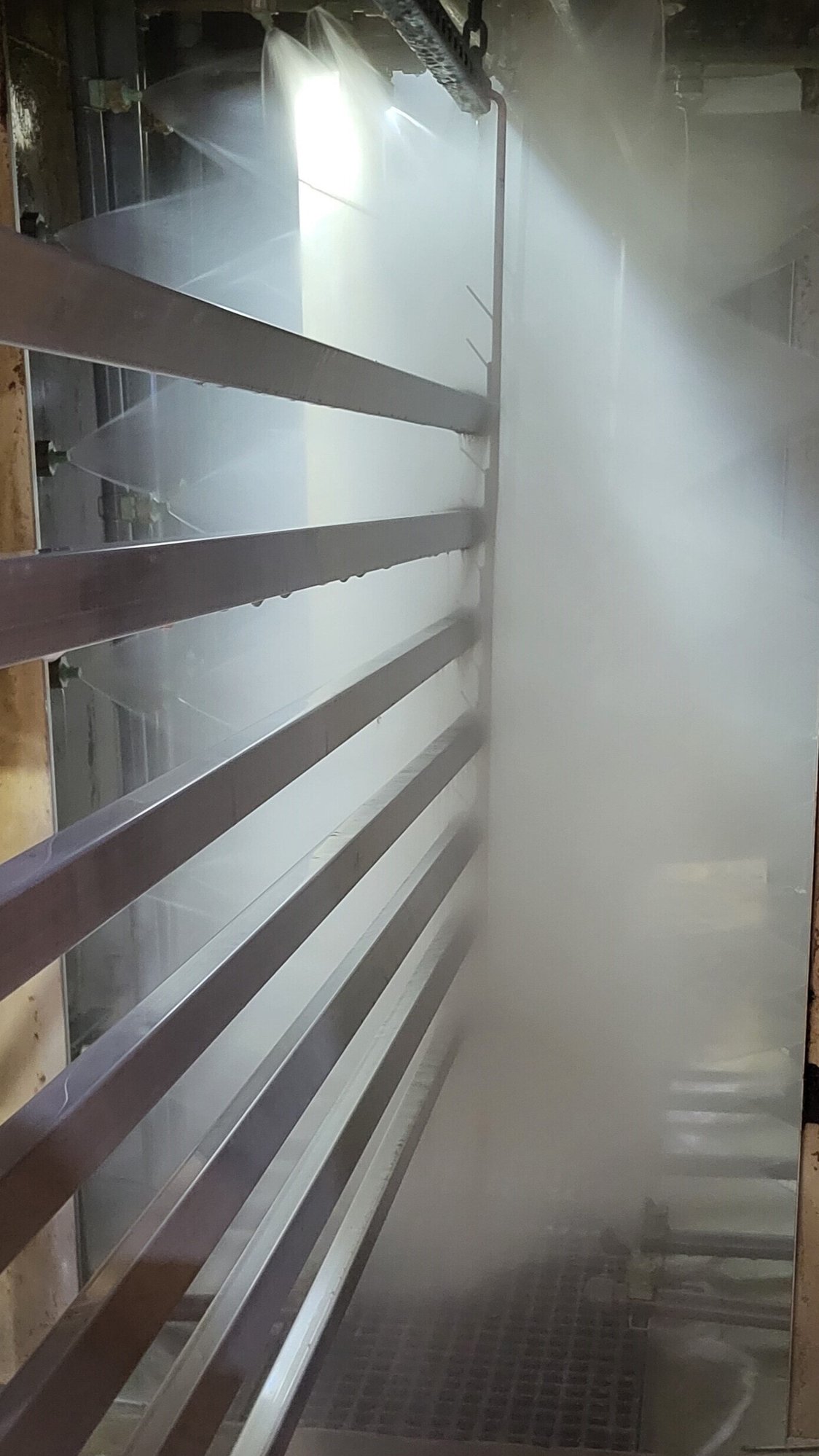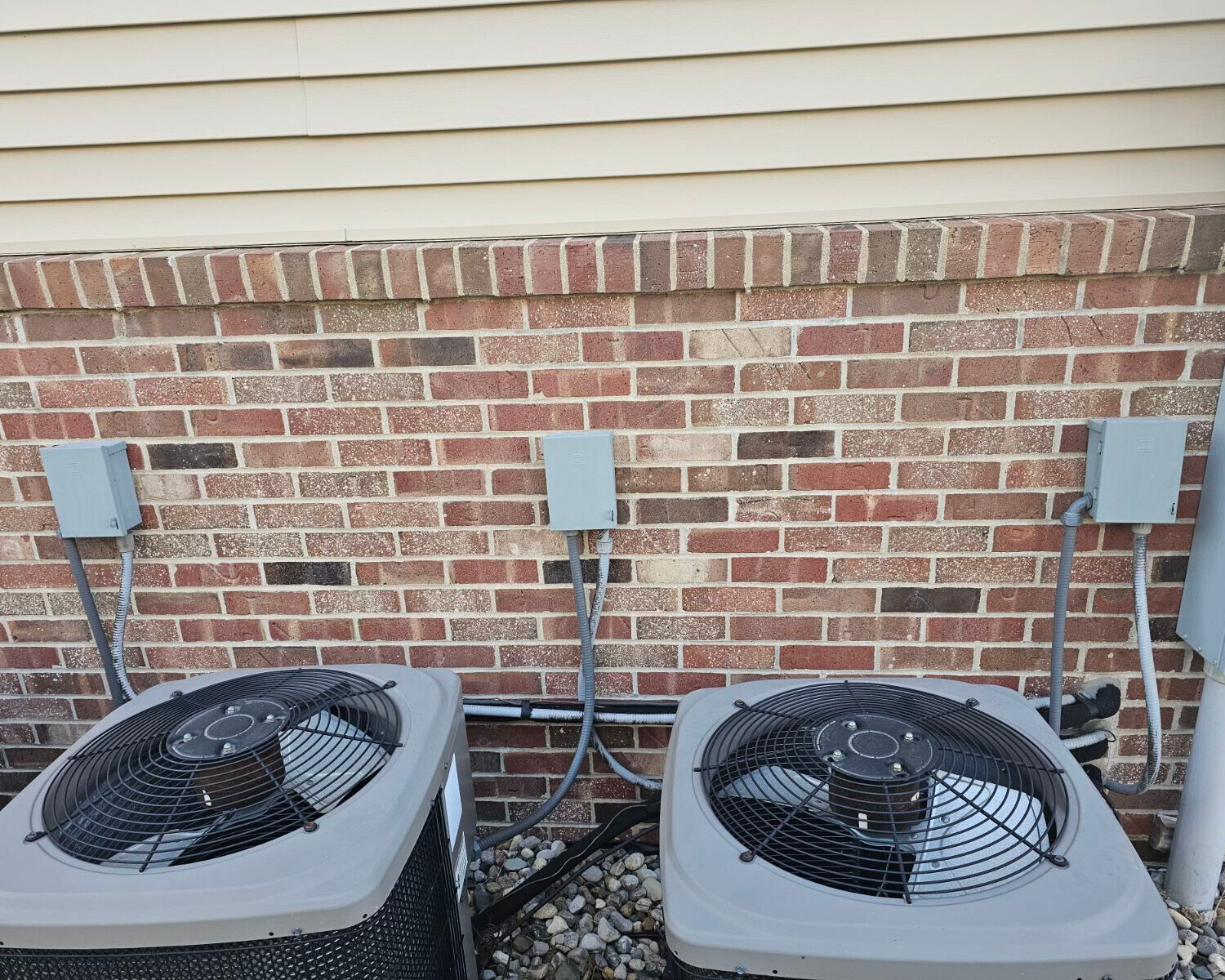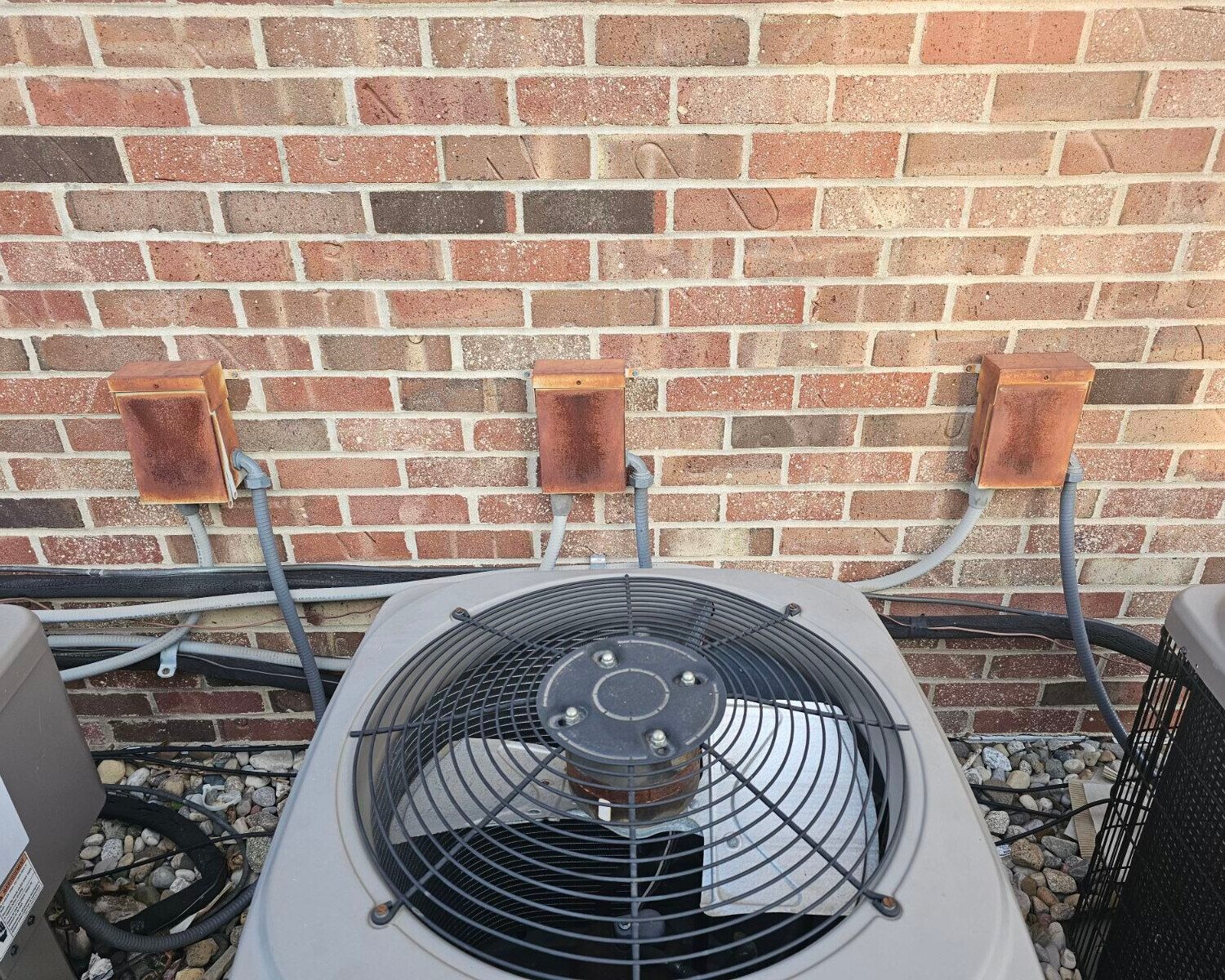PRETREATMENT
Quality powder coating starts with better pretreatment.
For many small or even medium-size powder coaters, pretreatment could be an afterthought. At Winona Powder Coating, pretreatment is the heart of what we do, and the main reason why our quality is industry-leading. It’s one of the reasons why we are so proud of our Products Finishing TOP SHOP award (now four years running!).
Being a high-volume, high-quality powder coater, our four automated lines (over two plants) feature five-stage pretreatment systems. These systems are living things where wash chemistry requires daily maintenance.
Pretreatment allows for the powder paint's proper adhesion to the substrate and ensures the coating's long term adhesion to provide lasting corrosion resistance. The process requires three steps:
Cleaning:
The first step to proper preparation is to remove soils, oils, oxides, and other contaminants from the part or parts to be coated. Factors to consider include accurate levels to improve soil removal, decrease cleaning time, and provide an optimum surface for the phosphate layer.

Rinse:
Water may be the most important component in the pretreatment process. 95% or more of the pretreatment process involves water.
Poor water quality results in:
- Adhesion failure
- Rust
- Warranty claims
- High water treatment costs
- Environmental compliance issues
Good water quality is an essential key to your pretreatment process. At Winona Powder Coating, our water quality is monitored and controlled routinely, efficiently, and effectively to ensure the best coating.
Chemical Conversion of the Surface:
Conversion coatings are a complete film that changes the physical and chemical nature of the metal surface. A clean surface is required for the reaction.
The neutralizer stabilizes the conversion coating, while the temperature of the rinse increases the solubility of the residues and improves dry off time. Proper flow patterns and rinse volume promote a more thorough rinse. Overflows and screens are used for the removal of the soils, oils, and other contaminants.



